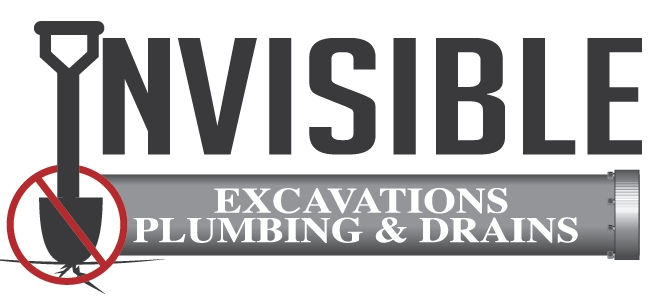Summer is an exciting time for home buyers and sellers. Almost 50% of consumers call a plumber within one year of purchasing a home. So how can you as the seller help to prep your home for sale, and how can you as the buyer ensure you won’t fall into the 50%?Let’s check it out.
Around the whole house…
1. Inspect for leaks
Long northeastern, Ohio winters can take a toll on your plumbing. Make sure the cold didn’t leave any cracks or corrosion that could cause leaks. You’ll want to check every area inside and outside your house that uses water, including:
- Pipes
- Faucets
- Shower heads
- Bathtub spigots
- Water softener
- Water heater
- Outdoor spigots and sprinklers
While you’re inspecting, you may find condensation on some pipes. A little condensation is normal as the cold water is running through room-temperature or warmer pipes in the summer. The condensation should stop shortly after the cold water is used. If it persists, then you may be looking at a leak.
Leaks can lead to more than rot and rust, so even the smallest of leaks should be addressed right away. If not repaired, leaks can lead to rising water bills. According to the Environmental Protection Agency, correcting a water leak can help you save up to 10% annually on your water bill.
2. Protect the foundation
Start by making sure you have clean gutters. Gutters play an extremely important role in keeping water away from your home’s foundation. So, if you forgot to clean out the leaves, twigs, acorns and more that fell during the fall, you may find yourself with a problem this summer, as the rain water starts collecting around the base of your home.
A few other ways in which you can keep your foundation dry are:
- Move several feet away from the house when using the hose
- Point all sprinklers away from the house
In the bathrooms…
1. Check the bases of vanities, sinks, tubs and toilets for signs of water damage.
To check around the toilet: Straddle the toilet and rock back and forth. Does the floor feel “soft” or spongy? If so, it could indicate a leak, leading to rot in the floor.
To check around the bathtub: Press on a few tiles. Do they feel “soft”? If so, it could indicate a leak, leading to rot in the wall. You should also check the grout around the edges for chips or missing sections that could enable water to leak through.
2. Check to see how the toilet operates.
Whether you own the home, or you’re considering owning it, flush the toilet to see what happens. Do you notice any of the following?
- Slow to flush
- Slow to refill
- Strange noises
- Constant running
- Water around base
If so, you may want to have a professional take a closer look to see if minor or major repairs are necessary.
In the kitchen…
1. Check the connections on the garbage disposal and the dishwasher.
Run your hand down the connections to see if you can find any leaks or loose connections that could result in considerable water damage to the cabinets they’re housed in.
2. Poke around the inside of cabinets, especially below the sink.
Make sure you have a good flashlight, so you can see all the way to the back and bottom of the cabinet. You’re looking for moisture, water stains, or mold – basically any indicator of a leak.
Around the water heater…
1. Check for signs of leaks or rust.
Use a flashlight to inspect the entire water heater, especially around the bottom. If possible, inspect the inside of the tank for corrosion as well. Water heaters, usually housed in basement, garages or closets, can be easy to forget about. Oversight and lack of regular maintenance can lead to rust, which can ultimately lead to gallons of water on your floor.
2. Find out the age.
The average life span of a water heater is 10 – 15 years. Therefore, you’ll want to know the age of the water heater, so you know how soon you’ll need to invest in a replacement.
Quick tip: On most models, the first four numbers of the serial number indicate the month and year.
Most important…
Schedule a drain cleaning and a video pipe inspection to have a professional ensure the overall health of your home’s (or new home’s) plumbing system.

